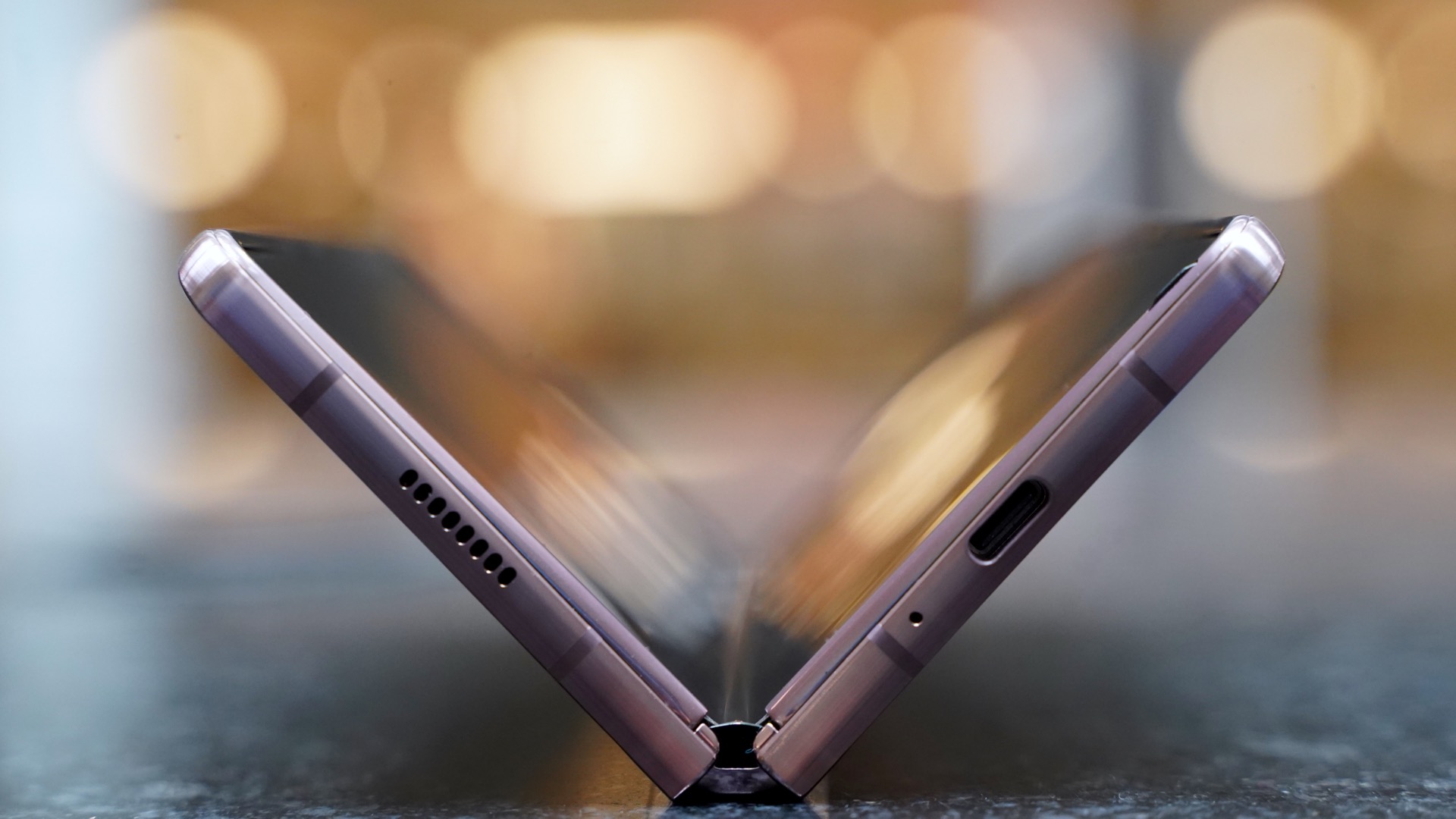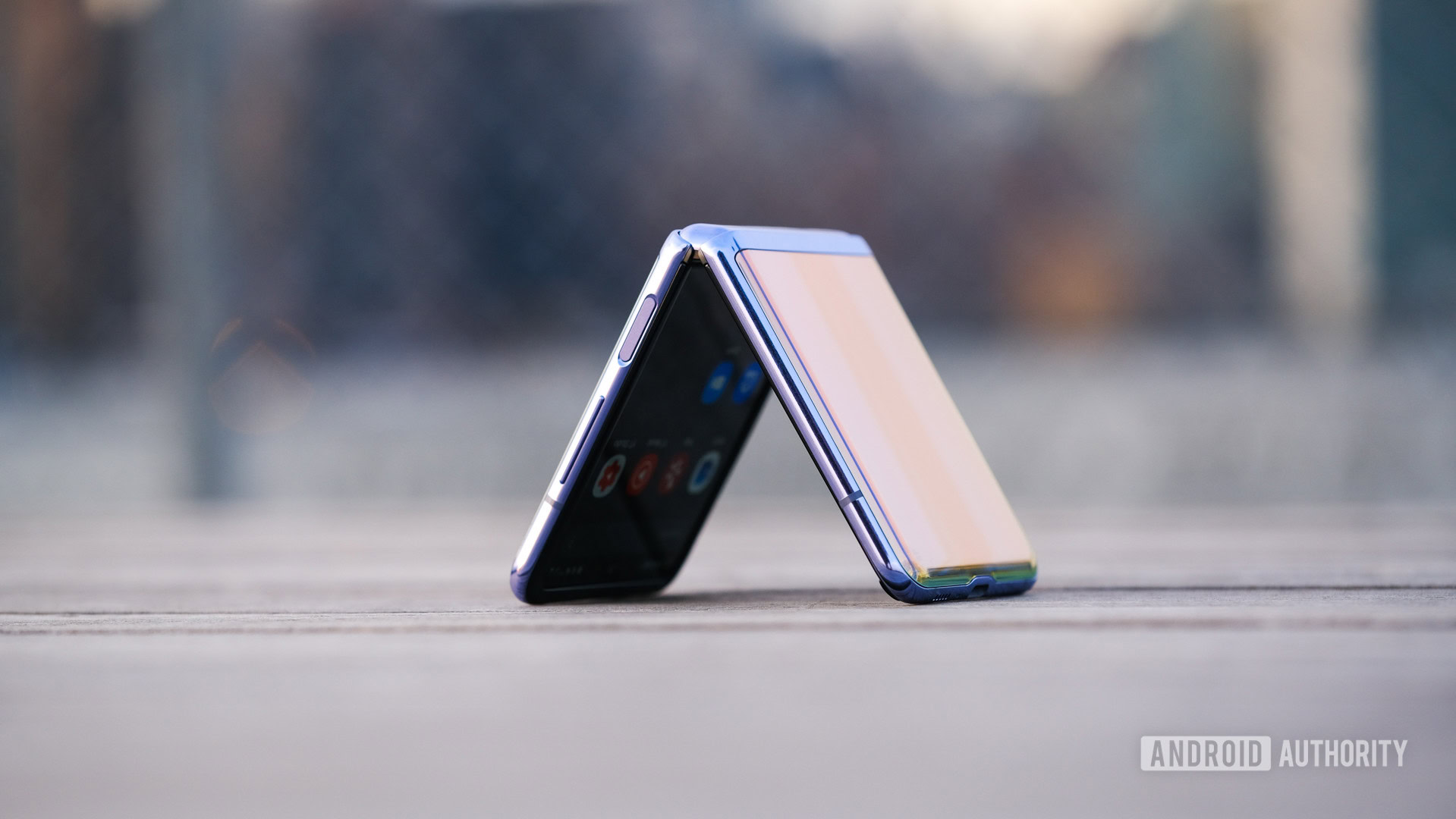Affiliate links on Android Authority may earn us a commission. Learn more.
Would you buy a folding Google Pixel phone? I'm not sure I would.

Foldables are in the news again this week and that got me thinking, would anyone buy these potential new folding phones? What about them, other than the folding form factor of course, would make them appealing to consumers? Is there one approach or design that’s better than others? Let’s talk.
HUAWEI kicked things off with the Mate X2. The X2 represents a major shift for HUAWEI. The original HUAWEI Mate X featured a screen that wrapped around both the front and back of the phone. The X2, however, drops this approach for a more traditional laptop-style foldable that opens similar to the Samsung’s Galaxy Fold line. Based on my experiences with the Mate X and the Galaxy Fold, HUAWEI made the right move here. The Mate X2 features an 8-inch main screen and a separate outer panel that allows the phone to be used when closed. Sadly, this phone will be sold only in China.
Then a rumor sprang up that Samsung is making folding displays for a handful of phone makers, including Google, OPPO, and Xiaomi. Google and Xiaomi are looking at the Galaxy Fold-style display, while OPPO is more interested in a design similar to the Galaxy Z Flip. This report corroborates a 2019 story that said Google was interested in folding phones.
“We’re definitely prototyping the technology. We’ve been doing it for a long time,” said then-Google Pixel chief Mario Queiroz to CNET. However, Queiroz added a qualifier: “I don’t think there’s a clear use case yet.”
The phones must not be selling, or at least not selling well enough.
Rounding out the fresh foldable fodder, Samsung launched a new offer that lets people try a folding phone — either the Galaxy Fold 2 or the Galaxy Flip 5G — before they buy it. The idea is to coax people into trying a form factor they might otherwise pass over.

It’s this last story that really stuck with me. Earlier in February, Samsung sliced the price of the Galaxy Z Flip 5G by $250. Similarly, Motorola and Verizon Wireless cut the cost of the Razr by as much as $500. Now Samsung hopes a free trial period will hook users on the folding phone life. Why? The phones must not be selling, or at least not selling well enough. Heck, the Wall Street Journal declared foldables a flop back in September 2020.
First let’s address the elephant in the room: cost. HUAWEI’s new Mate X2 runs nearly $3,000, the Galaxy Fold 2 runs nearly $2,000, and the Z Flip and Razr-style foldables are going for about $1,400, give or take depending on promotions. These prices are out of line with current consumer spending on smartphones. It’s clear prices need to drop below the $1,000 mark before most people would weigh a foldable. It’s not obvious yet whether or not new foldables from Google, OPPO, or Xiaomi would fall under that dollar amount. It’s doubtful.
Foldable prices are out of line with current consumer smartphone spending.
Then there’s the use case of foldables. The two main camps are laptop-style and flip-phone style, with the former commanding more stature and cost. A phone such as the Samsung Galaxy Z Fold 2 is for power users who want a huge, tablet-esque screen when the device is flipped open. Meanwhile a phone such as the Moto Razr is a more fashionable choice for those looking to minimize the phone’s footprint. Each of these is a legit reason for wanting a foldable, but it’s probable that surmounting the high cost outweighs them.
Would you buy a folding Google Pixel phone?
Trust is an issue. Execution is important, and both Samsung and Motorola have poor marks in that department. The original Samsung Galaxy Fold failed spectacularly and the first-generation Moto Razr also suffered from hinge issues. These problems were largely corrected in subsequent designs, but this has us wondering if first-time foldable makers — Google, OPPO, Xiaomi — would be able to get it right with their initial products.
Given the Google Pixel line’s long list of hardware quirks over the years, it’s hard to muster faith. For now, folding phones are too pricey and untrustworthy. While the idea of a folding phone from Google is appealing on a base level, there are serious hurdles for the Pixel maker to clear.